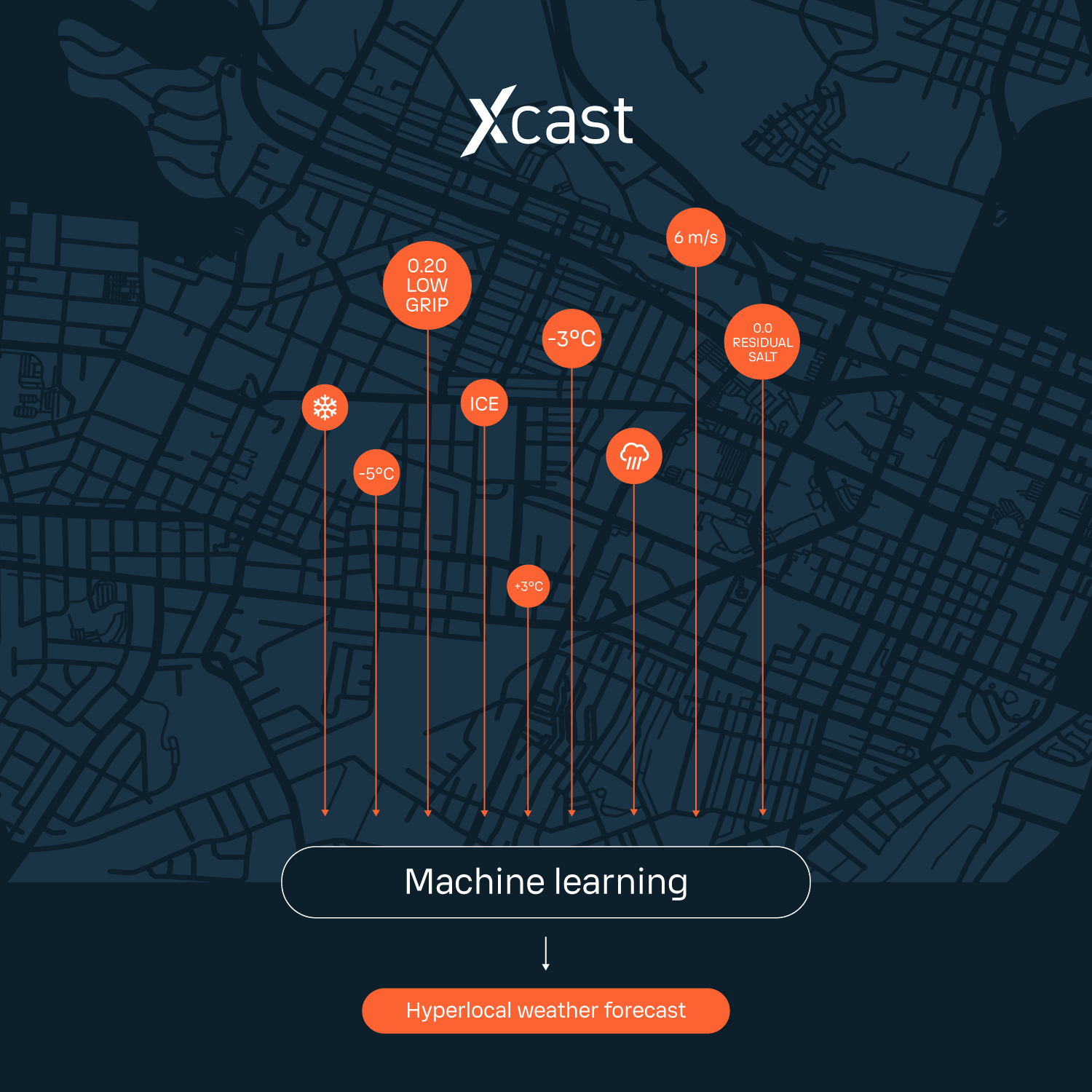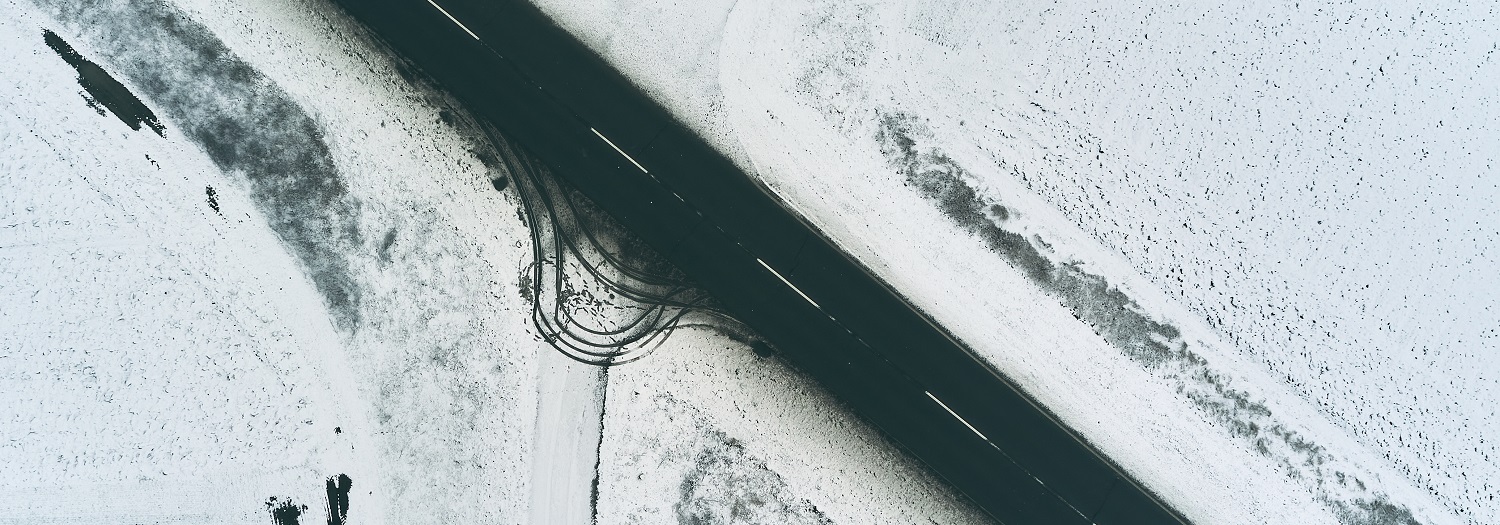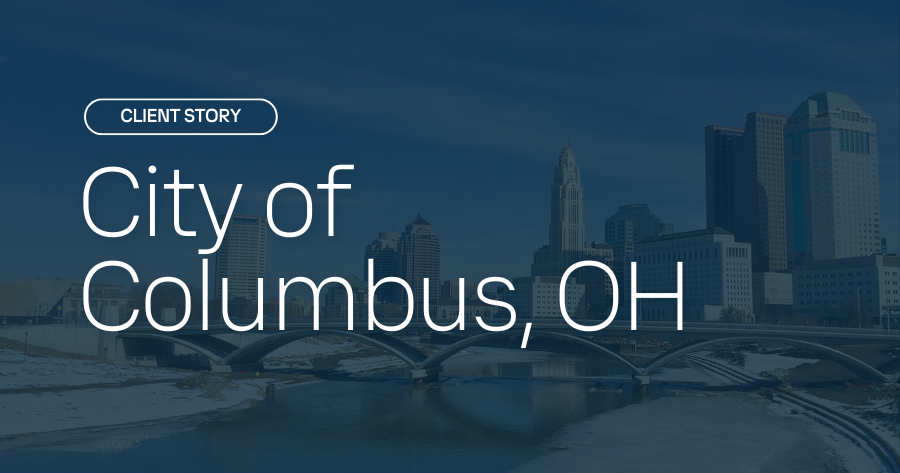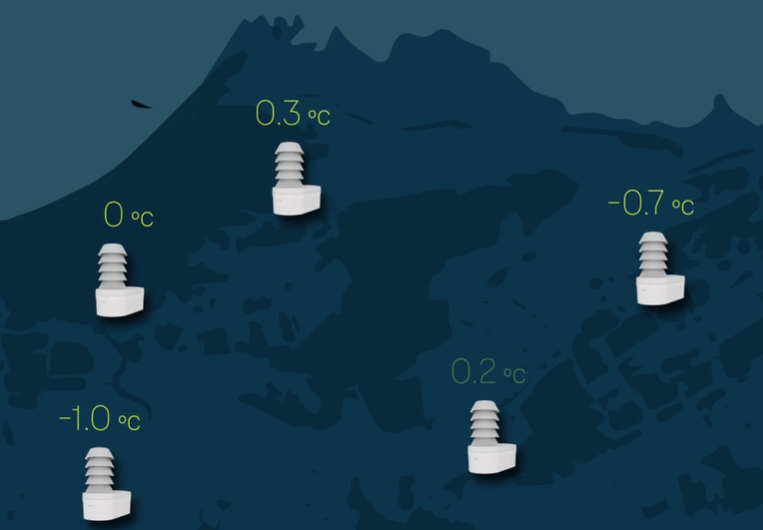In the dynamic world of winter maintenance, precision and the right timing are paramount. Thankfully, Wx Horizon is there to help public works professionals provide a service their community can depend on.
But what is it that makes Wx Horizon forecasts stand out? In this article, let’s delve into Xcast - the technology that makes any local weather forecast more accurate and reliable.
Xcast blends numerical modeling with quality hyperlocal sensor observations at the locations that matter to your organization.
The power of local observations
In the context of Wx Horizon, Xcast is more than just weather forecasting technology; it's a synthesis of high-precision measurements from the sensors installed across your road network and sophisticated forecasting models.

Let's start with the sensors. Why do you even need them if a local weather forecast can be accessed via literally hundreds of different apps on your phone?
Despite the extensive global networks of weather stations, satellites, and radars that general forecasts rely on, there are still vast areas between measurement points. A standard forecast most likely fetches the data from the weather station at your nearest airport and creates a forecast for the entire area based on it. This is where sensor observations step in. By intelligently integrating the world's best sensor observations from the locations that matter to your specific use case, Xcast bridges the gaps, creating a continuous and comprehensive picture of road conditions.
"We get almost 50 inches of snow plus thawing every winter, and that creates hazardous driving conditions. Vaisala's insight and onboard tools let us target treatments faster and meet our Levels of Service."
Larry Schneider, Director, Transportation Operations City of Fort Collins, CO
"Vaisala is excellent at measuring any type of weather phenomenon with its outstanding hardware, and this hardware is complemented by brilliant forecasting science. Our road weather forecasts stand out because of our unique expertise in sensors combined with advanced forecasting capabilities. Xcast uses a variety of relevant data sources and creates a single harmonized, consistent view of the present and future of your roads. It's the only synthesized way to get reliable data on your road network, and you won’t get it from anywhere else." - says Jim McCaa, Senior Manager of Impact Forecasting, PhD in Atmospheric Sciences, Vaisala Xweather.
Machine Learning and continuous calibration
Local observations from sensors are great and very helpful, yet not enough to create an actionable and timely weather forecast on their own. This is why machine learning (ML) is a crucial element of Xcast. By feeding the differences between forecasts and actual observations back into the platform, Xcast engages in continuous calibration. This process allows the AI to identify patterns and eliminate errors over time, further refining the accuracy of the forecasts.
Thanks to Xcast, Wx Horizon road weather forecasts are substantially more accurate than traditional ones, and the numbers speak louder than words. Xcast reduces road surface temperature forecast errors by more than 80% for bias, and between 65 to 70%* for forecasts of 30 minutes. This impact is naturally gradually reduced along forecast horizons, reaching levels of around 30% reductions for forecasts of 4 to 6 hours and beyond. The heightened accuracy ensures that decision-makers have the most reliable data at their fingertips, enhancing the efficiency and effectiveness of their road weather management strategies. This brings unprecedented value for winter maintenance professionals.
There is significant variability in how roads are treated, even within the same country. Xcast addresses this by using best-in-class methods backed by scientific research to provide consistent levels of accuracy that support any type of decision matrix. "This level of accuracy and relevancy is unprecedented for the majority of our customers, providing excellent decision support," says McCaa.
“This morning, our state DOT had their crews out and we did not, because we knew the temperature of the pavement was 40 degrees and forecasted to go up. So, it's saving us time, material, and equipment wear and tear, and there are also environmental benefits.”
Bob Howland, Manager of Streets & Fleet, Cranberry Township
Getting started with more accurate road weather forecasts
What if local sensors aren’t available yet? Can you still benefit from Xcast-generated forecasts? Simply put – yes, you can. The power of Xcast in road applications is enabled by our proprietary Road Weather model, which is integral to transforming general forecasts into actionable insights. Unlike statistical models, Xweather's road weather model is a physical one, which incorporates the thermodynamics of the road. Even without local measurements, Xcast provides more valuable and accurate forecasts than general models. And once you have a network of several Vaisala Cast Sensors installed at critical locations across your network, the forecasts become even better.
Xcast is not just a technological advancement; it's a revolutionary tool that combines the best in sensors, forecasting, and machine learning to provide unparalleled accuracy and reliability in road weather forecasting. For Wx Horizon users, this means better decision-making, more efficient road management, and - ultimately - safe roads. Learn about how our customers benefit from Wx Horizon forecasts in their work:
Wx Horizon x City of Independence, MO: Improving Winter Maintenance Operations
Cranberry Township, PA enhances winter maintenance practices with accurate sensor data
Wx Horizon x Columbus, OH: Transforming winter road maintenance practices


